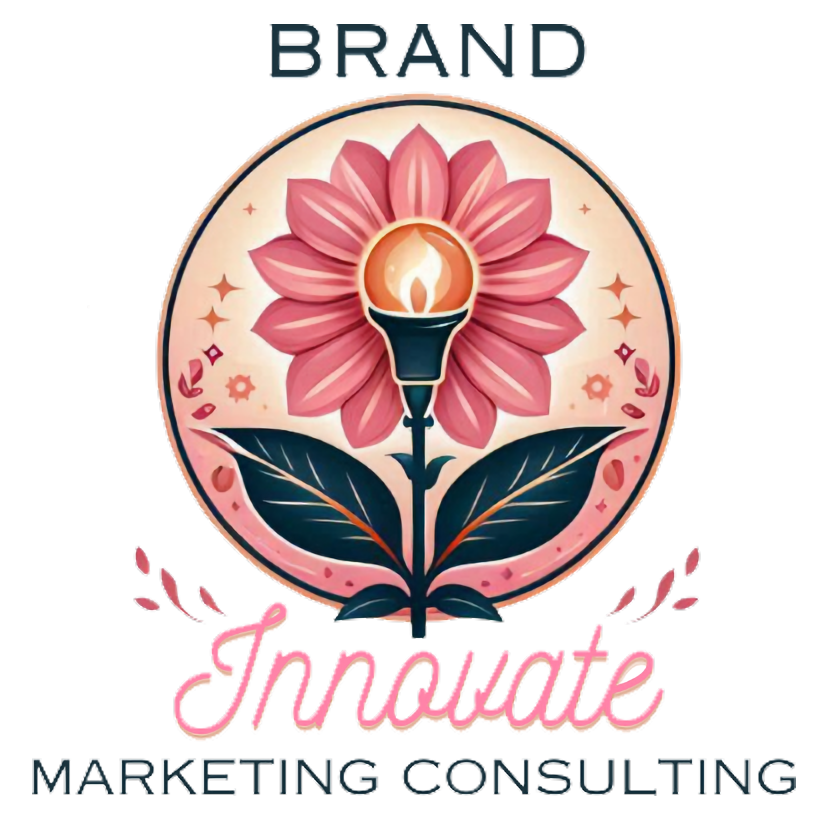To effectively harness the power of AI in marketing while avoiding common pitfalls, marketers should follow these best practices:
1. Prioritize Data Privacy and Ethics
- Transparency: Clearly communicate how customer data will be collected and used.
- Compliance: Ensure compliance with regulations like GDPR or CCPA to protect user privacy.
- Bias Audits: Regularly audit AI systems to detect and mitigate biases in data or algorithms.
2. Set Clear Goals
- Define Objectives: Establish specific marketing goals that AI will help achieve, such as boosting engagement, improving conversion rates, or enhancing customer retention.
- Measure Success: Use key performance indicators (KPIs) to evaluate AI’s impact and refine strategies.
3. Embrace Personalization, but Avoid Overreach
- Use AI to deliver personalized content, offers, and recommendations, but ensure it doesn’t feel invasive.
- Strike a balance between helpful insights and respecting customer boundaries.
4. Blend Creativity with AI Insights
- Pair AI’s analytical capabilities with human creativity to develop campaigns that are both data-driven and emotionally engaging.
- Let AI handle repetitive tasks, but reserve creative storytelling and brand messaging for the human touch.
5. Invest in Training and Collaboration
- Equip your marketing team with the skills to use AI tools effectively.
- Foster collaboration between AI specialists, marketers, and creatives for integrated strategies.
6. Regularly Update AI Systems
- Keep algorithms and models up-to-date to ensure relevance and accuracy.
- Use current data to train AI systems so predictions and insights remain aligned with evolving trends.
7. Start Small, Scale Strategically
- Begin with manageable AI initiatives like chatbots or email segmentation before scaling up to more complex applications.
- Use pilot projects to test effectiveness and refine approaches.
8. Focus on Customer Experience
- Leverage AI to enhance user experience through faster support, improved navigation, and tailored suggestions.
- Monitor customer feedback and adapt AI systems to meet evolving needs.
9. Monitor Performance Continuously
- Use analytics to track how AI-driven campaigns are performing.
- Adjust strategies based on real-time insights and feedback from AI tools.
10. Plan for Contingencies
- Be prepared for technical issues or algorithm changes that could disrupt campaigns.
- Have backup plans to ensure continuity and minimize risks.
By following these best practices, businesses can maximize AI’s potential in marketing while fostering trust, creativity, and long-term success.
